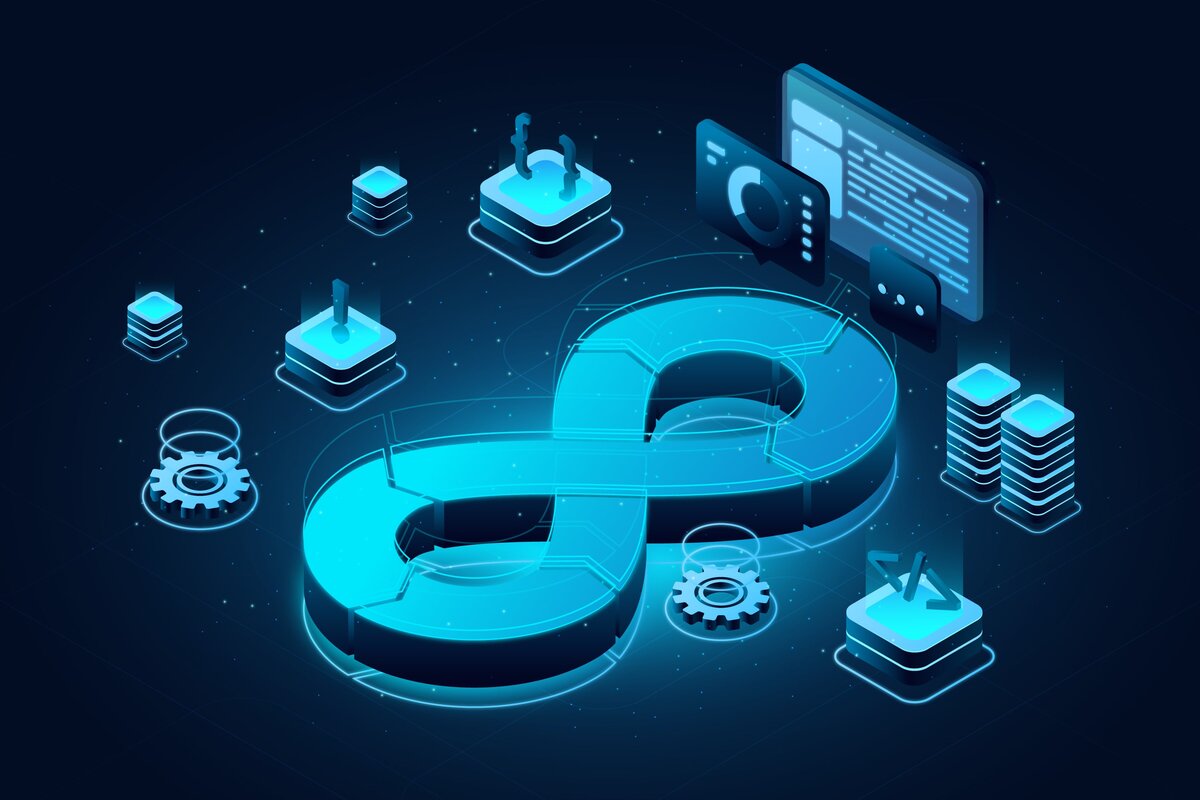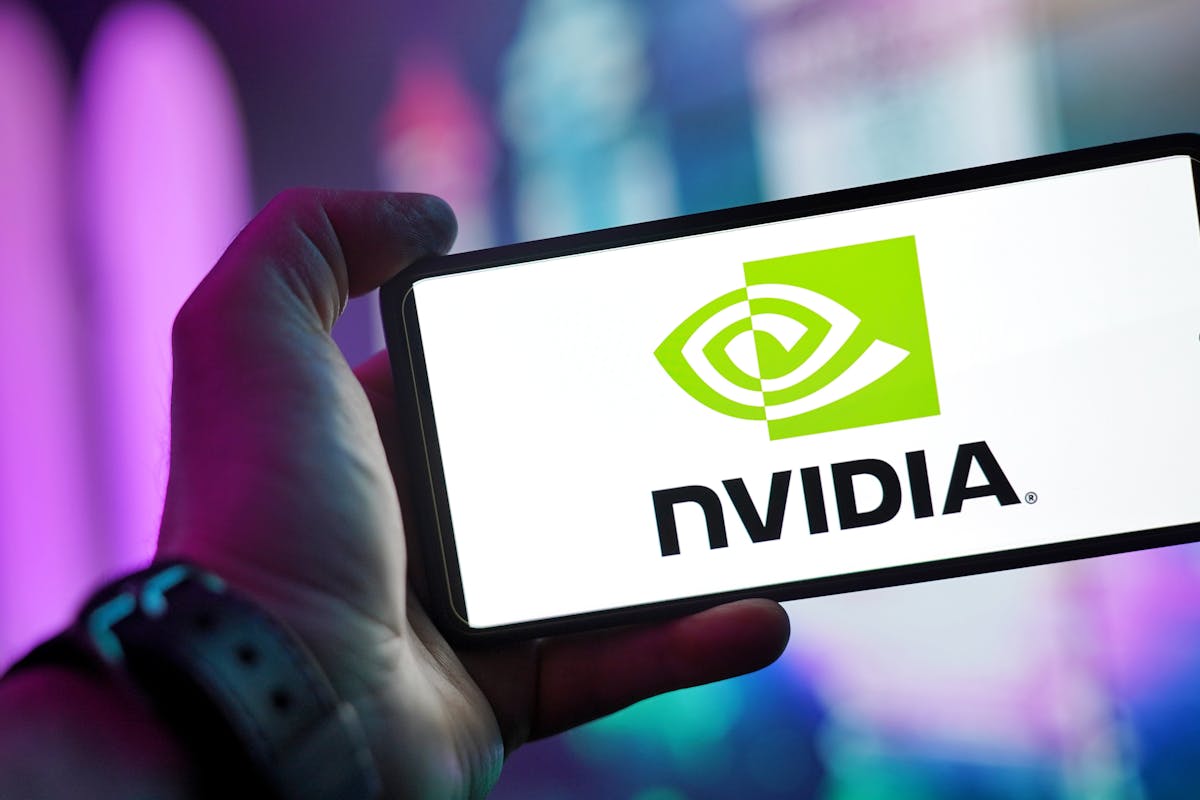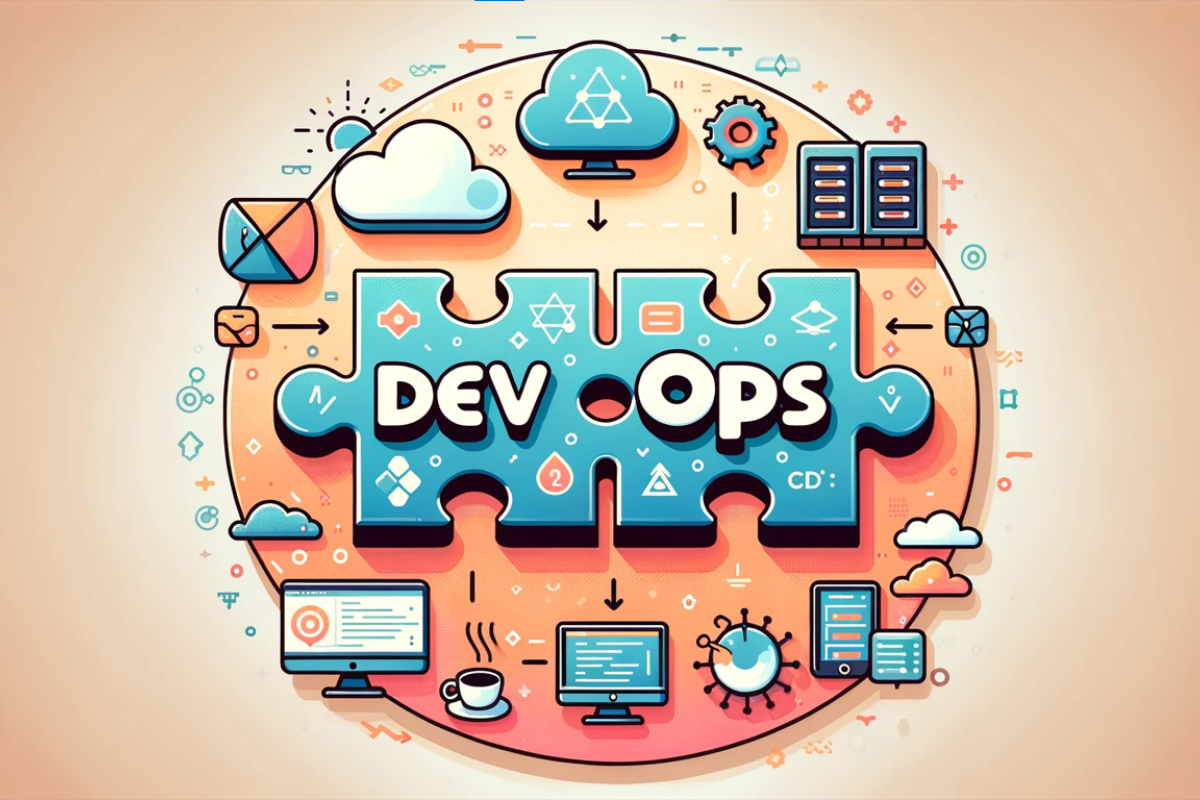New Role of Performance Engineering in Cloud-Native Architectures
With the move to cloud, software testing is shifting. Traditional systems were stable, but cloud-native ones are dynamic and ever-changing. Here’s what it means for performance engineering
Traditional vs Cloud-Native: What’s Changed?
Traditional Systems:
– Run on fixed servers (on-prem or static VMs): Servers are physically installed or allocated and remain constant throughout the system’s lifecycle.
– Applications are monolithic — one big block of code: The entire application runs as a single, interconnected unit, making it simpler but less flexible.
– Scaling is manual and predictable: Additional resources must be added manually based on anticipated needs, often with predictable traffic patterns.
– Easier to pinpoint performance issues: Since everything runs on a few known servers, locating and fixing problems is straightforward.
Cloud-Native Systems:
– Built using microservices — small services working together: The application is broken into independent services, each handling a specific task.
– Run on containers (Docker, Kubernetes): Software is packaged into lightweight, portable units called containers that can run anywhere.
– Use auto-scaling to adjust resources with demand: The system automatically increases or decreases resources based on current traffic loads.
– Rely on APIs and external services: Cloud systems often depend on external APIs and services for functionality like payments or messaging.
– Are ephemeral — servers appear and disappear constantly: Cloud servers and containers can be created or removed at any moment depending on demand.
Because of this, performance testing can’t just be a final checkbox before going live. It has to happen continuously and be integrated into development.
Why Dynamic Scaling Is a Game-Changer
In cloud environments, your app can spin up extra resources when traffic spikes. Sounds great, right? But it brings new questions:
– How quickly can the system scale? The time taken for new resources to become available directly impacts user experience during high-traffic periods.
– Are new instances as efficient as existing ones? It’s important to check if newly created servers or containers perform just as well as the original ones.
– Do any services slow down or break while scaling happens? The system should maintain reliability and speed even while scaling new resources.
Real-World Example:
On Black Friday, a shopping app in Kubernetes sees traffic surge. New pods take 40 seconds to get ready. During this delay:
– Checkout times slow down: Customers wait longer to complete purchases.
– Database connections hit limits: All new pods try reconnecting at once, overwhelming the database.
– Customers face poor experience: The overall system response time worsens.
A performance engineer’s job is to test these scenarios ahead of time — under real-life traffic spikes.
Cloud-Friendly Performance Tools
1. K6
A lightweight tool for API load testing, ideal for quick performance checks integrated into CI/CD pipelines.
2. JMeter on Kubernetes
An enhanced version of the classic tool, capable of distributing load tests using multiple agents deployed as Kubernetes pods.
3. Gatling
Known for high-performance and realistic simulations, making it suitable for web apps with heavy, real-time traffic.
4. Locust
A Python-based, highly customizable tool for simulating user workflows with built-in pauses and retries for realistic testing.
Performance Budgeting: Speed vs Cost

In the cloud, every CPU, memory unit, and network call has a price tag. So improving performance can sometimes mean spending more money — but how much is too much?
(A) What Is a Performance Budget?
A performance budget sets limits on acceptable performance metrics — like:
– Page load time < 2s: The web page must load in under 2 seconds for a good user experience.
– API response < 500ms: APIs should respond in half a second or less to ensure snappy app interactions.
– Infrastructure cost < $500/month for 10,000 users: The system should handle expected user loads within a predefined monthly cost.
(B) Why It Matters:
Faster isn’t always better if it doubles your cloud bill. Decide whether performance gains justify extra costs.
(C) How to Balance It:
1. Measure what matters: Focus on key user journeys like login and checkout using tools like Google Lighthouse or AWS X-Ray to pinpoint issues.
2. Run cost-performance simulations: Test your system under varying loads and server configurations to see how performance scales with cost.
3. Use auto-scaling wisely: Set thresholds to increase resources only when necessary and reduce them during quiet periods to save costs.
4. Collaborate with product teams: Align technical performance improvements with business priorities — faster checkout might lead to higher sales and be worth the extra spend.
Final Thoughts
Performance engineering is no longer just about testing at the end. In cloud-native environments, it’s about continuous monitoring, realistic testing, and making smart trade-offs between speed and cost.
Success means:
– Adopting tools that fit modern systems
– Simulating real-world scenarios
– Collaborating across teams to define what “good performance” really means — without breaking the bank








